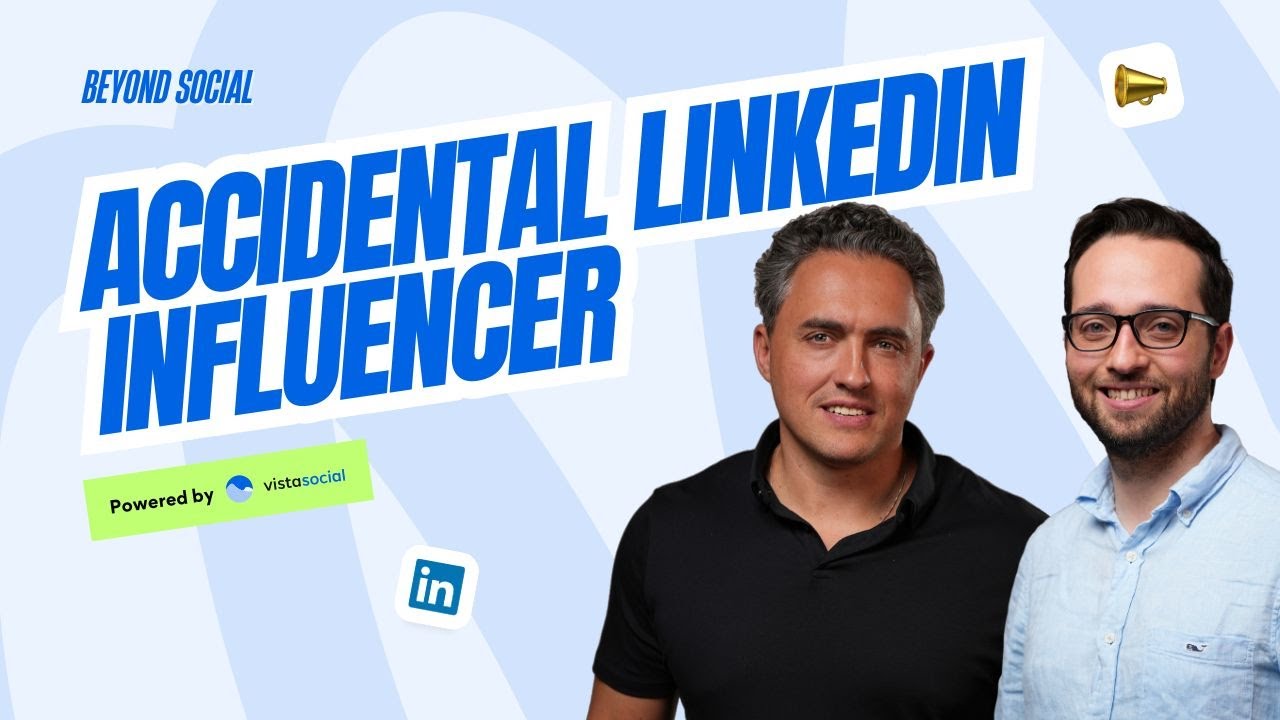New
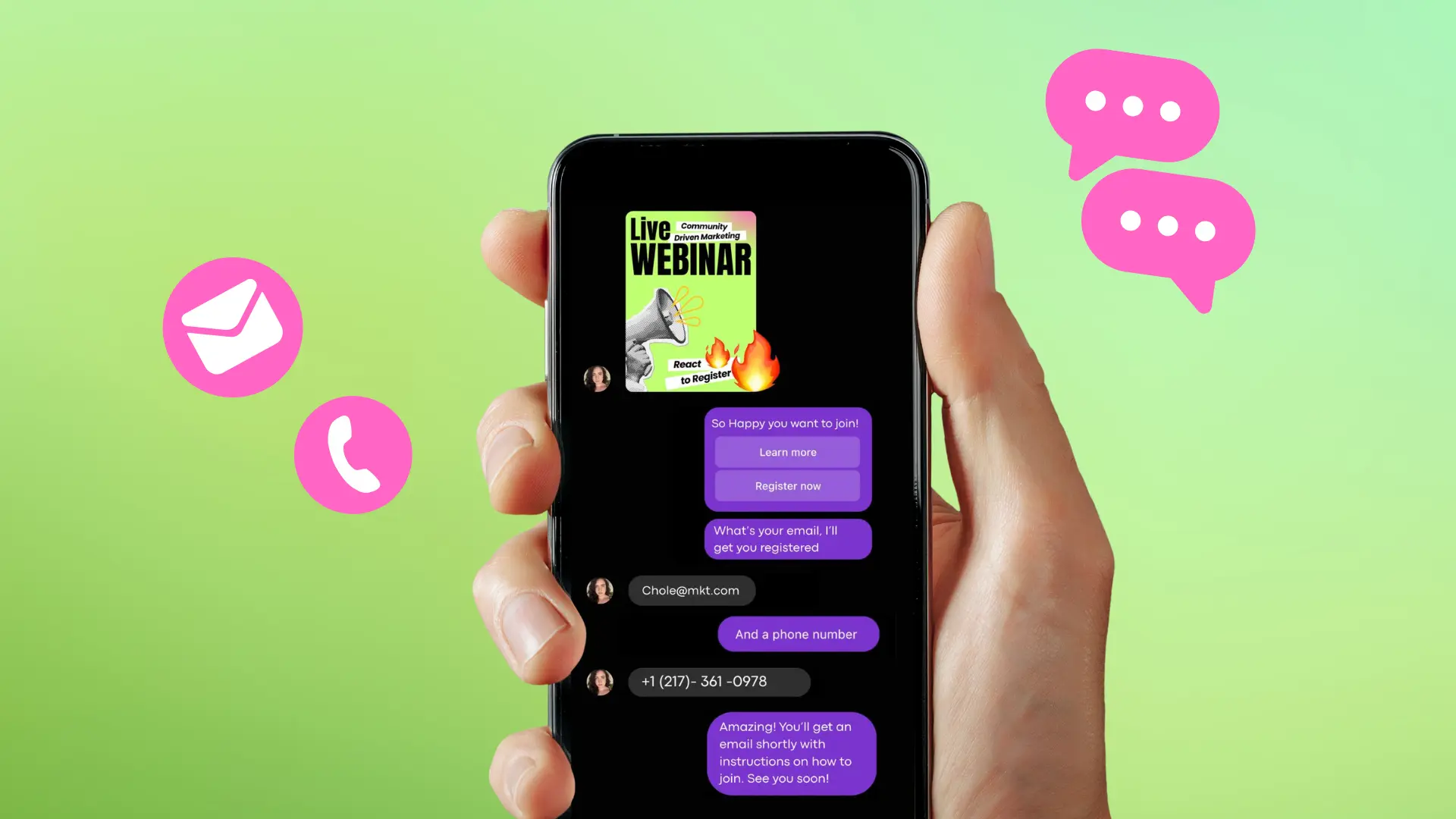
Turn Your DMs Into Lead Gen!
Learn how to collect lead data from your DMs such as email addresses, phone numbers, and more right from your social inbox. If you are not yet automating your DMs your competitors are outpacing you.
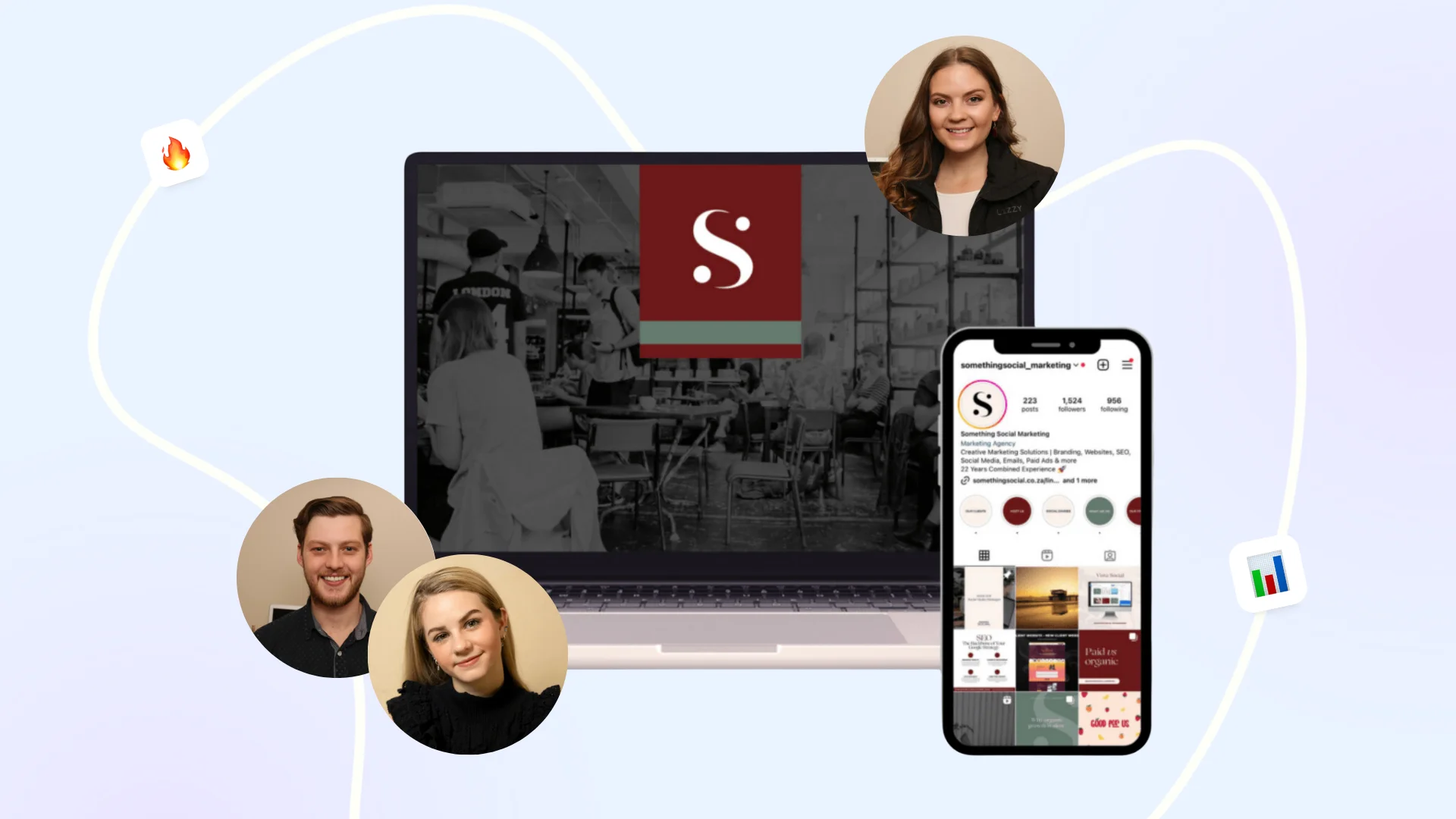
How Something Social Saved 75% of Their Time and Increased Revenue by 15%
See how a fast-growing agency improved operations, cut down hours of manual work, and unlocked new revenue opportunities with Vista Social.
New
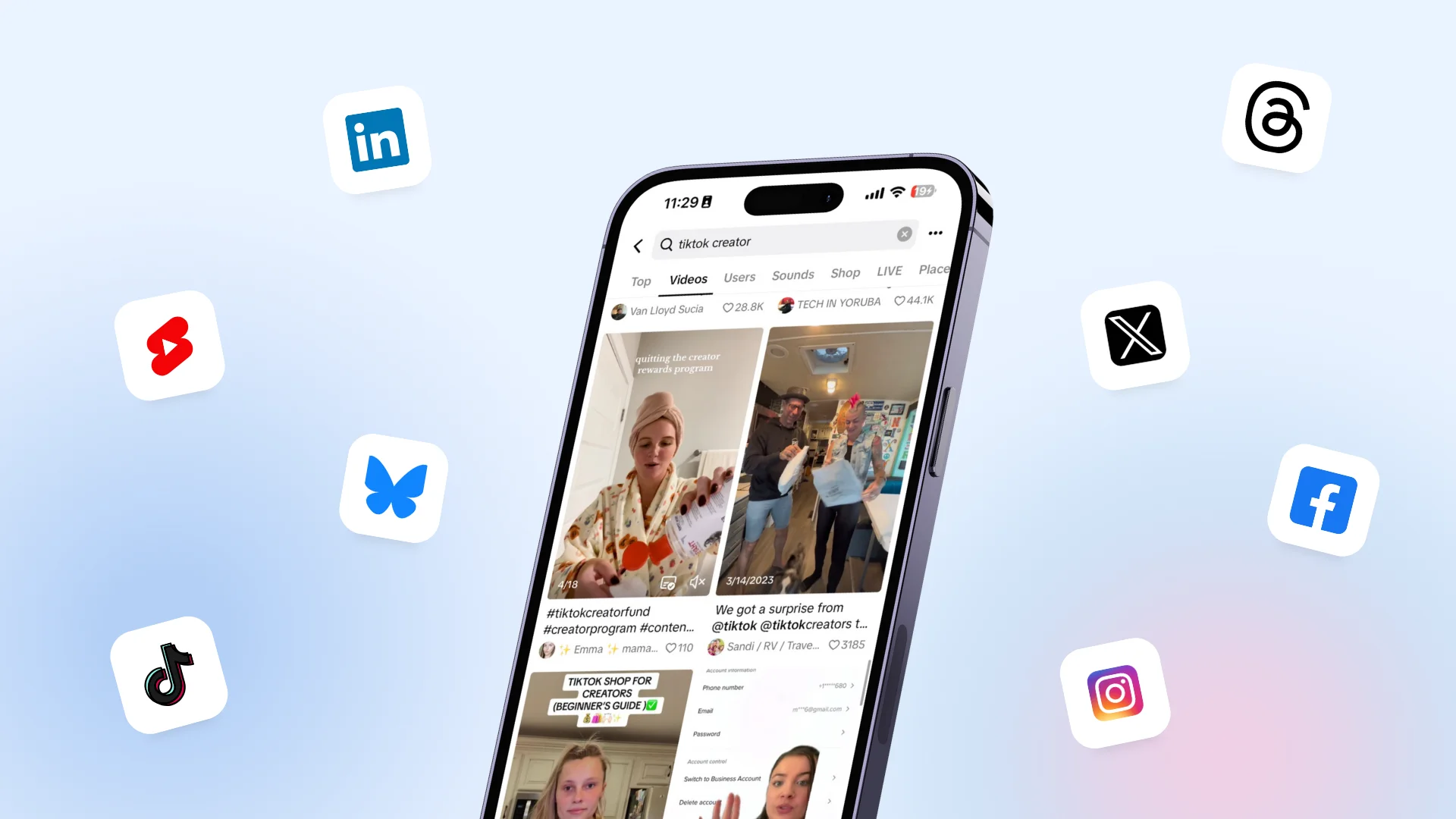
50 Unique Social Media Ideas for Consistent Content Creation
Discover 50 unique social media post ideas to engage your audience, grow your brand, and maintain a consistent content strategy with ease!
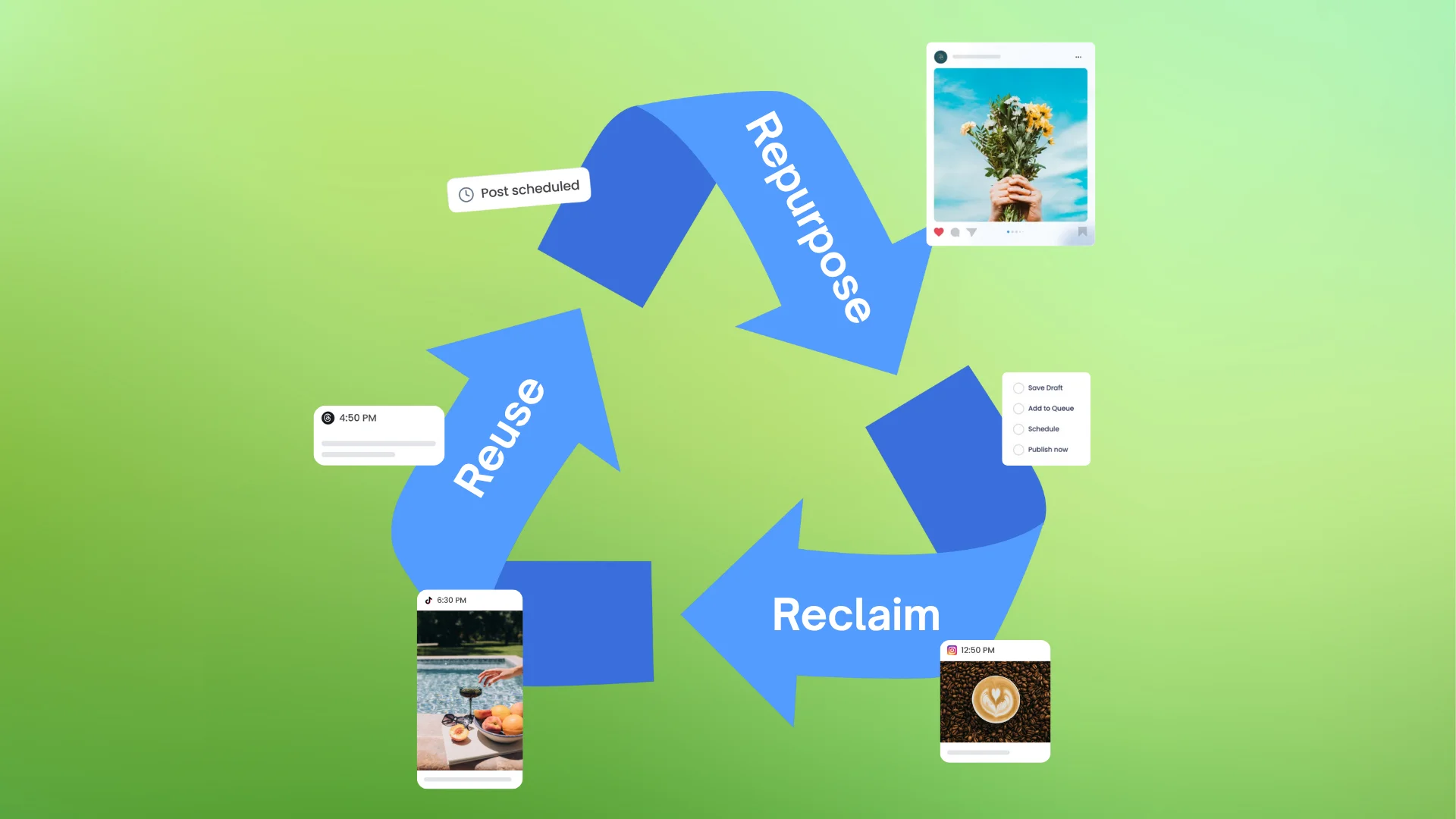
Mastering Content Reuse: The Key to a Consistent and Sustainable Posting Strategy

Table of Content

I think we really take the stance that everything really means everything for us. Why stop short of delivering value to a customer in a specific area?
Hey everybody, welcome back to Beyond Social Podcast. The show where we go behind the scenes on how marketers are doing awesome things on social and how we’re building tools to support them. Today, Vial and I are going to go behind the scenes, but behind the scenes behind the scenes really.
I have some tech questions that I’ve been meaning to ask you. We’ve been doing some really cool things with Vista Social, and we get questions from customers and I know the answer to the question and you know, train the team on it. But there’s kind of that behind the scenes behind the scenes, which is how, how?
Table of contents
The File Format Challenge
So I think almost every marketer out there has at one point or another tried to upload a MOV file or a JPEG to a social network that doesn’t support that specific file format. And I know that we think differently. We’re not just going to say, “Hey, you upload this specific video to Vista Social,” we’re just going to tell you, “Oh, not supported. Sorry, try something different.” What do we, can you explain that a little bit?
Sure. So, when you’re using a native app, say TikTok, Instagram, you can upload pretty much a lot of different formats into the native app. And the native app has quite a bit of video conversion ability, video changes and and it goes through quite a bit of processing. So, by the time it actually comes out of the native app onto the network, it’s been already properly processed by Instagram.
Why Most Tools Put the Burden on Users
So, when you upload a video to a social media management platform like Vista, like some others, obviously you’re uploading that raw file, whether it’s a MOV or an MP4 or an whatever the format, but it’s quite far in a lot of cases from what networks are willing to accept because there is no longer a native app to convert it, right? So, now it’s up to the tools to handle the video properly.
And it’s a no small task. Lots of different formats to videos. And I think the majority of the tools take the position that, listen, it’s your as a user responsibility that you have to upload the right tool to us.
In principle, to me, in principle, as a head of product, I find that to be repulsive to kind of put the burden of using the product onto the user. The product has to do things for the user. So the user is using the product to get content onto the network. It’s the tool’s responsibility.
The Power of Cloud Computing
But we’ve been, we, we are super fortunate these days. I mean, we live in a world of cloud computing and, and I’m old enough to appreciate how impossible this would have been as a task 20 years ago. Being able to produce, you know, we, we process, you know, tens of thousands of videos every day for our customers. And to be able to do it outside of cloud, outside of AWS, Amazon Cloud, it would have been the challenge. So luckily for us, uh, there is a cloud which offers us pretty much infinite processing power. Just think about it, right? Wow, so essentially, you have not just a computer, but you have endless number of computers around every continent.
The Trade Secret Revealed
Try Vista Social for Free
A social media management platform that actually helps you grow with easy-to-use content planning, scheduling, engagement and analytics tools.
Get Started NowSo if I, if I get this right, because you know, we try to explain it as best as we can to sometimes when the customers come in and so the idea is I go to upload a video as an example to Vista Social. We’re going to take that video and we’re going to then create six, seven different versions of this video, each one up to spec to what that network wants that that video to be delivered as. Bit rate, aspect ratio, dimensions, audio bit rate, color mapping, whatever else is available. Is that is that about right?
I do think that you just revealed the trade secret. Oh, but now that you did, yes, that’s exactly what we do. Let’s cut that out. Is that too deep?
No, no, that’s good. I think, uh, giving out trade secrets is totally fine. Uh, uh, but yeah, that’s exactly what we do. Or the system is smart enough to know what each network likes and it caters video formatting for each network.
Achieving 99% Success Rate
I know for a fact, and I have spoken with engineers in some of our competing tools at certain events that we’ve attended, that a lot of them do employ very similar techniques to handling certain things. It just the degree of success varies, right? I think today our percentage of publishing video, and this is how this whole thing is measured, is above 99%. So, more than 99% of the formats of videos are getting published, which is remarkable because that creates very smooth experience for our users.
The Never-Ending Challenge of New Formats
I want to talk about that maybe half a percent because, you know, funding support, our team, we hear about it sometimes, which is that this isn’t exactly a perfect science per se. And there are cases, and I know that recently we had situations maybe a couple months ago with HDR, new formats, new ways of shooting 8K on iPhone. And now the raw formats on iPhone 16 Pro Max Ultra, whatever other letter they’re going to add to it. It creates situations where there’s types of videos that perhaps don’t play nice with the way that we, we kind of convert stuff. Is it ever going to be perfect?
Well, I think, first of all, we, we monitor a lot of failures. And I think our systems are continually improving. But I think the fact that we have a a physics PhD on our team. That handles this type of tasks and a team member whose career goes back to working for Sun Microsystems is to our advantage.
The “Everything Means Everything” Philosophy
But I think it goes beyond that, right? Like we obviously video conversions and whatnot. But like, I think we really take the stance that everything. I think we’ve said this before, everything really means everything for us. You know, why, why stop short of delivering value to a customer in a specific area if we know that, you know, um, I don’t know. TikTok has a certain amount of characters. You can’t really type beyond that. Why, why would we let you go and create a post that we know is going to fail, right? Like we try to give them warnings and all. So, talk to me a little bit about the mentality around that.
Why Technical Innovation Matters
The mentality is sort of, um, and the challenge in building tools like Vista and and servicing clients in this space is that the the number of things the customers need and want is absolutely infinite. And it’s quite challenging for a tool, a solution like Vista, to then try to prioritize these things. So I think a lot of tools are hard at work building solutions for the customers. Some are just a little bit more successful than others in terms of trying to prioritize these solutions in a way that are most meaningful to the user.
For us, it’s just a way of, sort of thinking, we also try to prioritize. I think given yours and my background in social media tech, I think we are able to do that a lot more efficiently and effectively. But also the times are changing. Some of these solutions that we’re building, given the Amazon Cloud, for example, given the infinite processing power, given the AI innovations, giving access to pre-made solutions, you know, in the world of open source, our lives are easier. So if you couple substantial experience with technical innovation, right, it begs all these problems, they beg to be solved.
Yeah, sky’s the limit prioritizing what’s important. And, uh, wow, there’s a lot going on behind the scenes. This is we’re going to have to create a series here, 16 episode series on going behind the scenes behind the scenes. But, uh, hopefully not divulging too many more trade secrets here. Sweet. Thanks with.
I’m sure we’ll, we’ll do another one soon. Okay. Thank you guys for for tuning in. Appreciate you all for being here. As we say every time, if you’re consuming this on YouTube, on Apple podcast, Spotify, make sure that you like this, you share it. If you have a specific topic you want us to cover, maybe you’re curious about how certain things work, how we’re building things, you want us to go back behind the scenes behind the scenes again, go to vist.com/podcast, drop us a note. And maybe who knows, it’ll get featured here on an upcoming episode as well. Appreciate you guys. We’ll see you on the next one.
About the Author
Content Writer
Russell Tan is a content marketing specialist with over 7 years of experience creating content across gaming, healthcare, outdoor hospitality, and travel—because sticking to just one industry would’ve been boring. Outside of her current role as marketing specialist for Vista Social, Russell is busy plotting epic action-fantasy worlds, chasing adrenaline rushes (skydiving is next, maybe?), or racking up way too many hours in her favorite games.
Read with AI
Save time reading this article using your favorite AI tool
Summarize with AI
Never Miss a Trend
Our newsletter is packed with the hottest posts and latest news in social media.
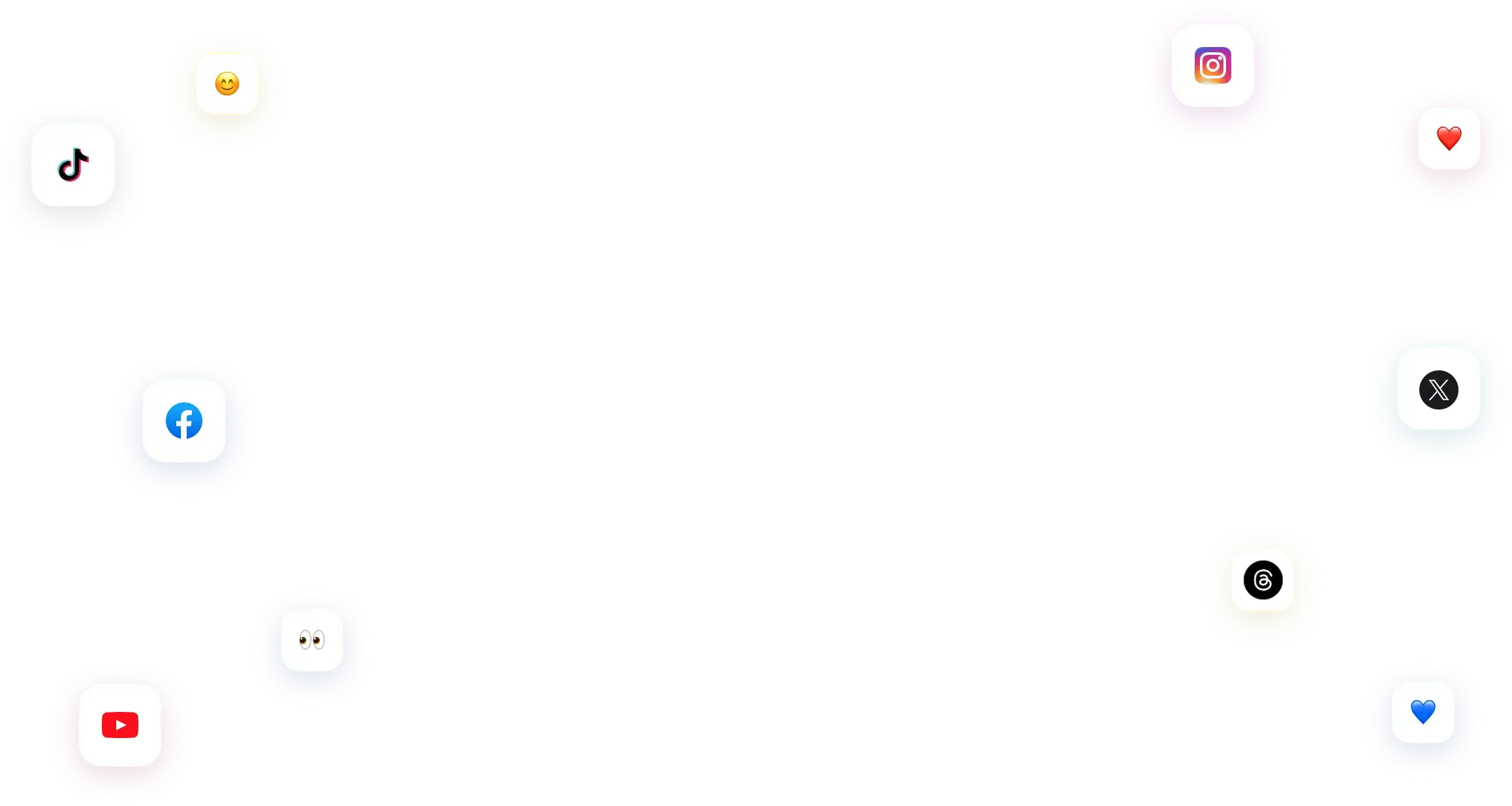
You have many things to do.
Let us help you with social media.
Use our free plan to build momentum for your social media presence.
Or skip ahead and try our paid plan to scale your social media efforts.
P.S. It will be a piece of cake 🍰 with Vista Social
Subscribe to our Newsletter!
To stay updated on the latest and greatest Social Media news. We promise not to spam you!



